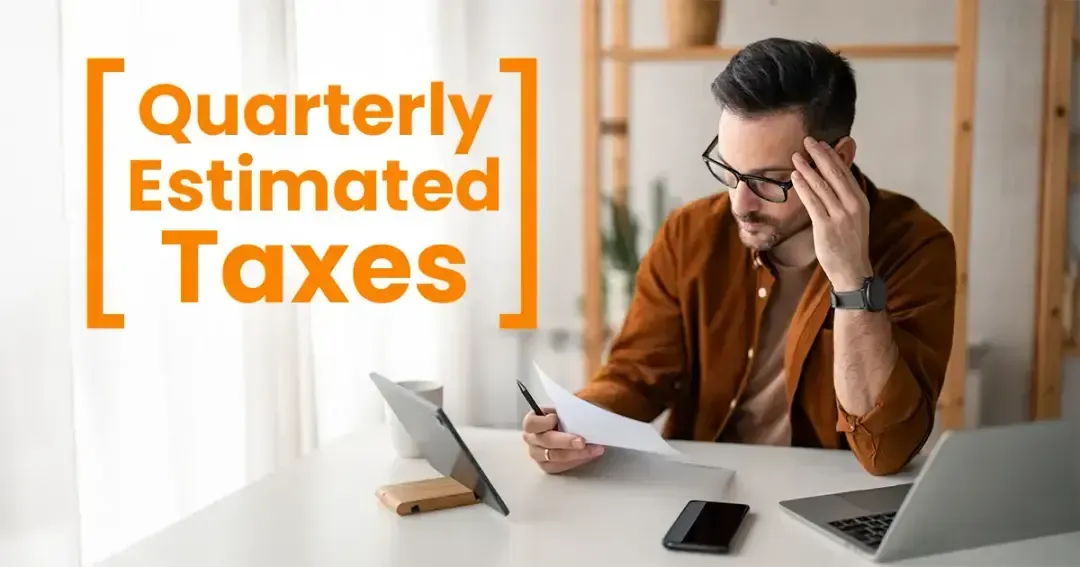How to Estimate Taxes When You’re Self-Employed: A Simple Guide
Working for yourself is exciting—you're your own boss, setting your own schedule, and building something you're proud of. But when it comes to taxes, things can get a little tricky. Unlike traditional employees who have taxes withheld from their paychecks, self-employed individuals are responsible for managing and paying their own taxes throughout the year.
That’s where estimated taxes come in. They help you avoid a surprise tax bill (or penalties) when tax season rolls around, and they’re a big part of staying compliant and financially healthy as a business owner.
Let’s break down how estimated taxes work and what you need to do to stay on top of them.
What Are Estimated Taxes?
Estimated taxes are payments you make to the IRS throughout the year on income that isn’t subject to withholding. This includes money you earn from freelancing, gig work, contract jobs, or running your own business.
If you expect to owe at least $1,000 in taxes for the year after subtracting withholding and tax credits, you’ll likely need to make estimated payments. These payments cover both your income tax and self-employment tax (which includes Social Security and Medicare).
When Are Estimated Taxes Due?
Estimated tax payments are made four times a year:
- April 15 – for income earned January 1 to March 31
- June 15 – for income earned April 1 to May 31
- September 15 – for income earned June 1 to August 31
- January 15 (of the following year) – for income earned September 1 to December 31
If the due date falls on a weekend or holiday, your payment is due the next business day.
How Much Should You Pay?
There are a couple of ways to figure this out:
- Safe Harbor Method: If your income is similar to last year’s, you can avoid penalties by paying at least 100% of last year’s tax liability (or 110% if your adjusted gross income was over $150,000).
- Current-Year Estimate: If you expect to earn more or less than last year, aim to pay at least 90% of what you’ll owe this year. You can use IRS Form 1040-ES and your prior year’s return to help calculate your estimated payments.
How to Make Payments
You have a few options when it comes to sending in estimated tax payments:
- IRS DirectPay – an easy way to pay online
- IRS2Go mobile app – convenient for on-the-go payments
- Mail a check – using Form 1040-ES
- IRS online account – track payments, balances, and access past tax records
No matter how you pay, be sure to mark your calendar and avoid missing a deadline.
What If You Don’t Pay Enough?
If you underpay or make late payments, the IRS may charge you a penalty. For 2025, the interest rate for underpayment is 7% plus 3 percentage points, and the interest is compounded daily, which can add up quickly.
You can usually avoid this penalty if:
- You owe less than $1,000 when you file, or
- You paid at least 90% of your current year’s tax bill, or
- You paid 100% of your prior year’s tax (or 110% if your income was higher)
Reassess When Life Changes
Life happens—maybe you got married, took on a second job, or had a child. Any of these events can change how much tax you owe. Check in on your income and expenses every few months and adjust your estimated payments if needed.
If you also earn W-2 income, consider increasing your withholding through your employer by submitting an updated Form W-4. This can help offset your self-employment tax and reduce what you need to pay quarterly.
Why Hiring a Bookkeeper Can Make a Big Difference
Being self-employed means wearing a lot of hats—and tax planning doesn't have to be one of them. A professional bookkeeper can help you stay organized, track your income and expenses, and make sure your estimated payments are accurate and timely.
At Keep-On-Booking, I work with self-employed individuals and small business owners to take the guesswork out of tax season. From ongoing bookkeeping to estimated tax support and financial reporting, I'm here to help you stay on top of your finances—so you can focus on doing what you love.
Schedule a consultation today and let’s make your next tax season the easiest one yet!



